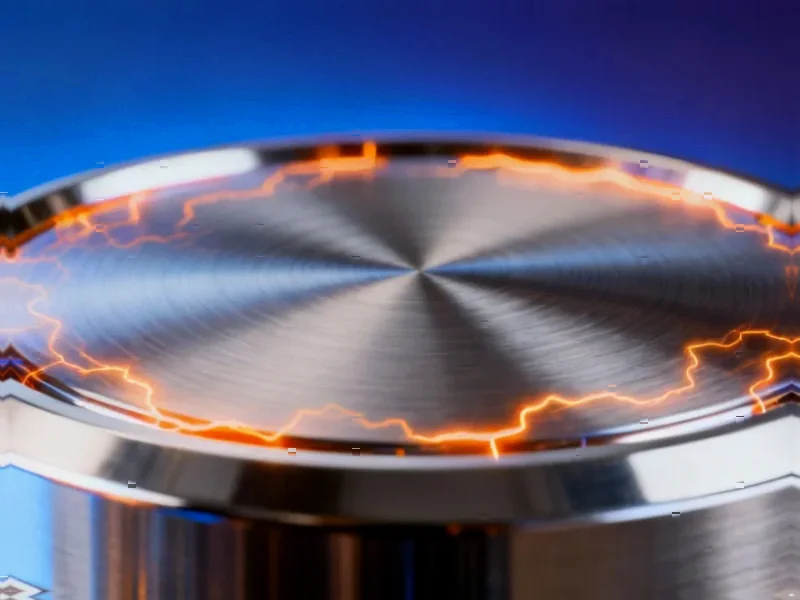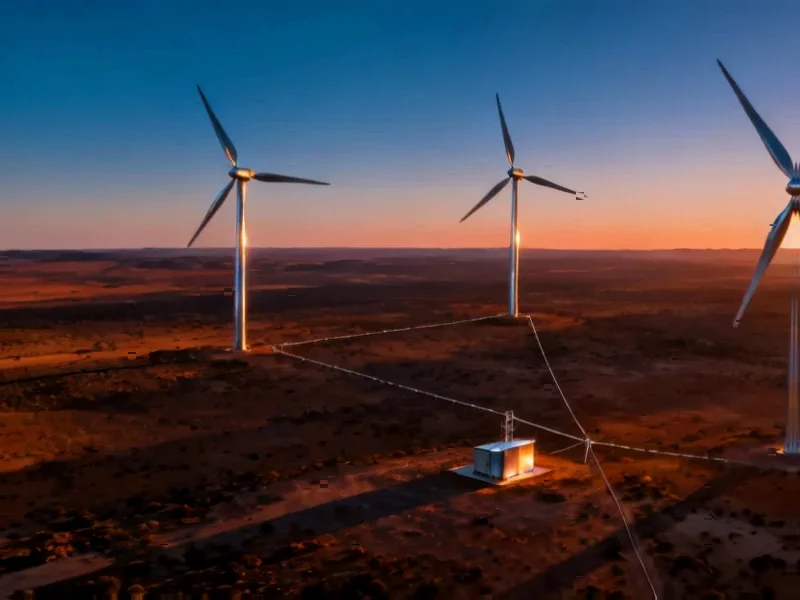According to Utility Dive, NextEra Energy expects to return the 615-MW Duane Arnold nuclear power plant in Iowa to service by early 2029 or possibly Q4 2028, ahead of analyst expectations. The company announced on October 27 that it signed a 25-year power purchase agreement with Google to reopen the plant, which ceased operations in 2020, though the deal still requires regulatory approval. Beyond Duane Arnold, NextEra and Google will explore building new advanced nuclear generation in the U.S., while the company also plans to optimize its 1,185-MW Point Beach and 1,250-MW Seabrook nuclear plants to accommodate approximately 6 GW of small modular reactors. NextEra added 3 GW of renewables and storage to its project backlog in Q3, including 1.9 GW of battery storage, as CEO John Ketchum noted that “returns have never been higher than I’ve ever seen them in this industry” due to supply-demand imbalances. This ambitious nuclear strategy represents a fundamental shift in how major power producers are approaching the data center boom.
The Nuclear Renaissance Meets Data Center Demand
NextEra’s decision to restart a shuttered nuclear facility marks a pivotal moment in energy markets. For decades, nuclear power has faced economic headwinds and public skepticism, leading to premature retirements of viable plants. However, the explosive growth of data centers and artificial intelligence computing has created unprecedented electricity demand that intermittent renewables alone cannot satisfy. Nuclear power provides the 24/7 baseload capacity that hyperscale operators like Google require for their energy-intensive operations. The 25-year power purchase agreement with Google demonstrates that tech giants are willing to make long-term commitments to secure reliable, carbon-free power—a combination that only nuclear can currently deliver at scale.
Winners and Losers in the Power Shift
This development creates clear market winners beyond NextEra itself. Nuclear equipment suppliers, engineering firms specializing in plant refurbishment, and companies with existing nuclear expertise will see renewed demand. Companies like Constellation Energy, which operates the nation’s largest nuclear fleet, may find themselves in an enviable position to secure similar deals. Conversely, natural gas developers who anticipated filling the data center power gap may face increased competition. The revelation that NextEra plans to renegotiate expiring power purchase agreements for higher prices signals that electricity costs are likely to rise across all customer segments as data centers compete for limited generation capacity. Industrial and residential customers could face higher bills as premium-paying tech companies dominate available capacity.
The Regulatory Hurdles Ahead
While the economic case for nuclear restart appears strong, significant regulatory challenges remain. The Nuclear Regulatory Commission has limited experience with restarting previously decommissioned facilities, creating uncertainty around the approval timeline and requirements. State utility commissions will scrutinize the cost allocation between Google and other ratepayers, particularly regarding grid upgrades and transmission investments. Environmental groups that previously celebrated nuclear plant closures may mount legal challenges, despite nuclear power’s carbon-free credentials. The success of this project will depend heavily on navigating these regulatory complexities while maintaining the aggressive 2028-2029 timeline that makes the economics work.
Ripple Effects Across Energy Markets
NextEra’s strategy, as detailed in their quarterly financial results, represents a template that other power generators will likely emulate. The combination of rapid renewable deployment (1.9 GW of battery storage in Q3 alone) followed by firm nuclear capacity creates a compelling offering for data center operators who need both clean energy attributes and reliability. This approach could accelerate investment in nuclear technology across the industry, potentially reviving other shuttered plants and spurring development of small modular reactors. The mention of optimizing existing nuclear sites for 6 GW of SMR capacity suggests NextEra sees nuclear as central to its long-term strategy, not just a one-off project to serve Google’s specific needs.
Investment Implications and Market Positioning
NextEra’s aggressive move positions them as the leading power provider for the digital economy transition. Their ability to offer integrated solutions—renewables, storage, nuclear, and transmission—creates a competitive moat that pure-play renewable developers cannot match. The company’s massive 29.6 GW renewables backlog provides near-term growth, while the nuclear strategy secures their position in the high-value baseload power market. Investors should watch for similar announcements from other major generators, particularly those with existing nuclear assets or development capabilities. The power sector is undergoing its most significant transformation since deregulation, and companies that can provide reliable, clean power at scale will command premium valuations as data center demand continues to surge.




